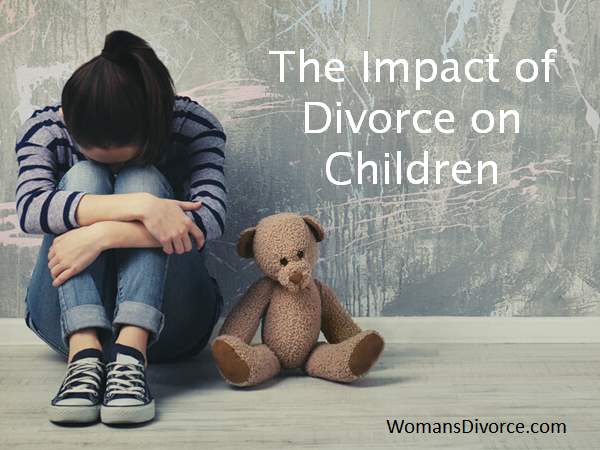
Adjusting Marital Education And Learning to the Needs of Low-Income Households Underpinning the passion in public assistance for marriage education programs is a sentence that low-income individuals do not have excellent details regarding the benefits of marital relationship – separation agreement. In component, this scarcity results from their experience of having actually grown up in single-parent households where they were just not revealed to good example that could educate their very own connections.
Buoyed by the success of the design marriage education and learning programs with middle-class households, and complying with the lead of previous Oklahoma Guv Frank Keating, who was identified to end his state's humiliating standing as the nation's separation resources, practitioners of marital education and learning programs have actually started applying and adapting these designs to the demands of low-income couples.
The reasoning is obvious: When couples take pleasure in favorable communication as well as achieve success in managing conflict, their confidence and also commitment would be reinforced, thereby cultivating satisfaction and also stability. The developers of these programs recognize that they should adjust marriage education and learning as middle-class family members recognize it to far better satisfy the various demands of low-income households.
For two-parent family members, MFIP also removed the mysterious work-history needs and also the "100-hour regulation," a policy that restricted the variety of hours a key earner can function and still receive welfare however which had the villainous, unintended result of motivating pairs to separation so they could continue to be eligible for welfare.
The Of Contested Divorce
Because MFIP dealt with two-parent family recipients (that were getting welfare at the onset of the research study) and new candidates in different ways, end results for these groups were checked out independently. We found that two-parent recipient family members in MFIP were as likely as those in a comparable team of welfare recipients who were not qualified for MFIP to contend least one moms and dad job; but the MFIP sample was much less most likely to have both moms and dads job, causing an overall reduction in their mixed earnings of roughly $500 per quarter.
In comparison, MFIP had fewer effects on parental employment, revenues, and also revenue for well-being candidates, a finding that is not entirely shocking provided their short well-being spells. One of the striking findings of the three-year examination was that, among the 290 two-parent recipient households that were component of a follow-up study example, households in the MFIP team were 19.
The majority of this rise in marital security was a result of fewer reported separations in MFIP family members as contrasted to AFDC families, although a few of it was a result of small reductions in divorce. Because there is some concern concerning just how households on well-being might report their marital standing, MDRC also obtained and also examined data from publicly readily available separation records.

These findings have two crucial effects. Initially, make-work-pay methods may decrease financial anxiety and also raise the probability that two-parent family members remain together. Second, given the small number of individuals adhered to in the MFIP survey example, MFIP's marriage impacts on all two-parent households ought to be checked out and the results ought to be replicated in various other areas prior to the searchings for are made use of to make plan.

